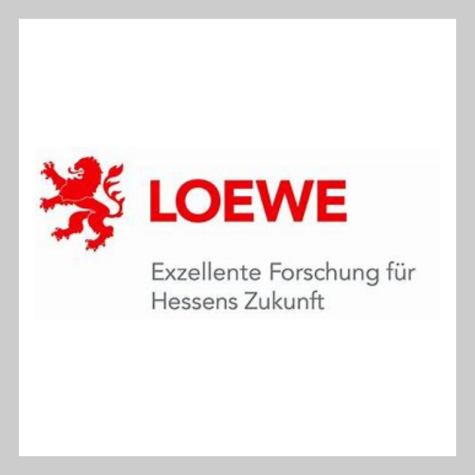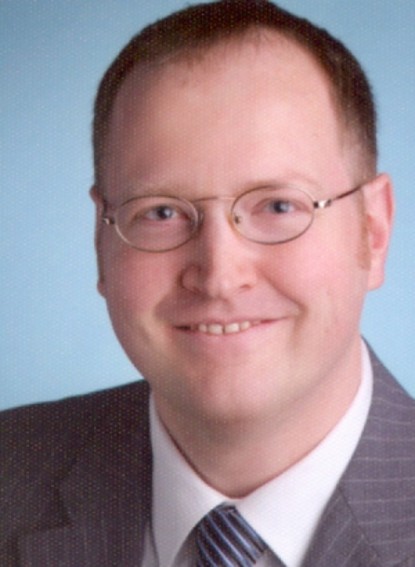Die Arbeitsgruppe beschäftigt sich mit der Entwicklungen zu Teilchenbeschleunigern, zur Technischen Kernphysik und der nuklearen Photonik. Dazu experimentieren wir an unserem Teststand „Photo-CATCH“ für spinpolarisierte Elektronen, am hausinternen supraleitenden Elektronenlinearbeschleuniger S-DALINAC und am GSI Helmholtzzentrum für Schwerionenforschung. Außerhalb Hessens etablieren wir Zusammenarbeiten z.B. mit der Duke University in den USA oder der neuen Extreme Light Infrastructure – Nuclear Physics in Rumänien.
Helmholtz Graduate School for Hadron and Ion Research
Einen besonderen Dank gilt an dieser Stelle der Helmholtz Graduate School for Hadron and Ion Research, kurz HGS-HIRe. Das Programm, gefördert von der Helmholtz Gemeinschaft, ist eine Kooperation zwischen
- dem GSI Helmholtzzentrum für Schwerionenforschung, Darmstadt,
- der Technischen Universität Darmstadt,
- der Goethe Universität Frankfurt,
- der Justus Liebig Universität Giessen,
- der Ruprecht-Karls-Universität Heidelberg,
- der Johannes Gutenberg-Universität Mainz
- und dem Frankfurt Institute for Advanced Studies (FIAS).
Die Graduiertenschule bietet sowohl Kurse zu aktuellen Forschungsthemen sowie Kurse zur Förderung sozialer Kompetenzen. Außerdem erhält jeder studentische Teilnehmer ein jährliches Reisebudget zum Besuchen nationaler und internationaler Konferenzen. Homepage: https://hgs-hire.de/












